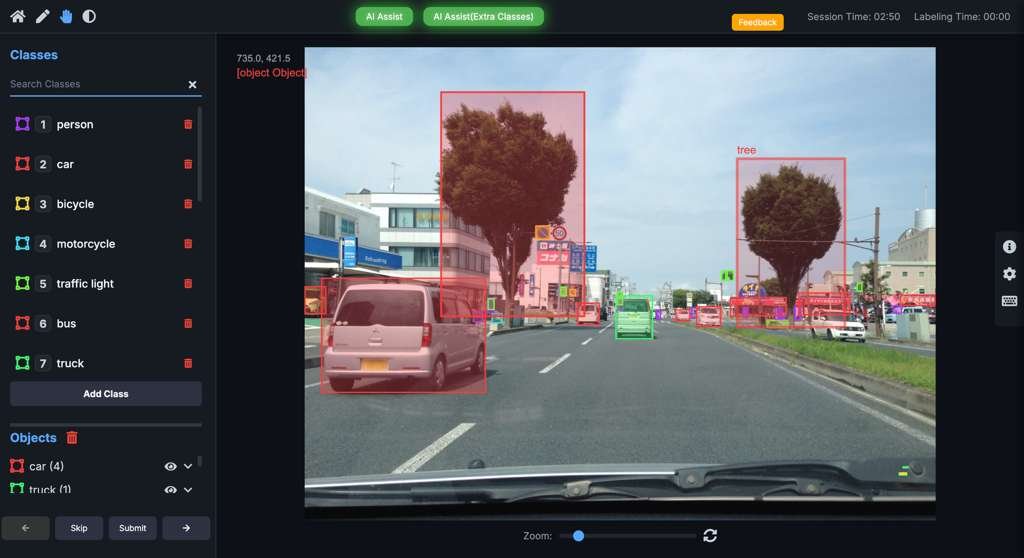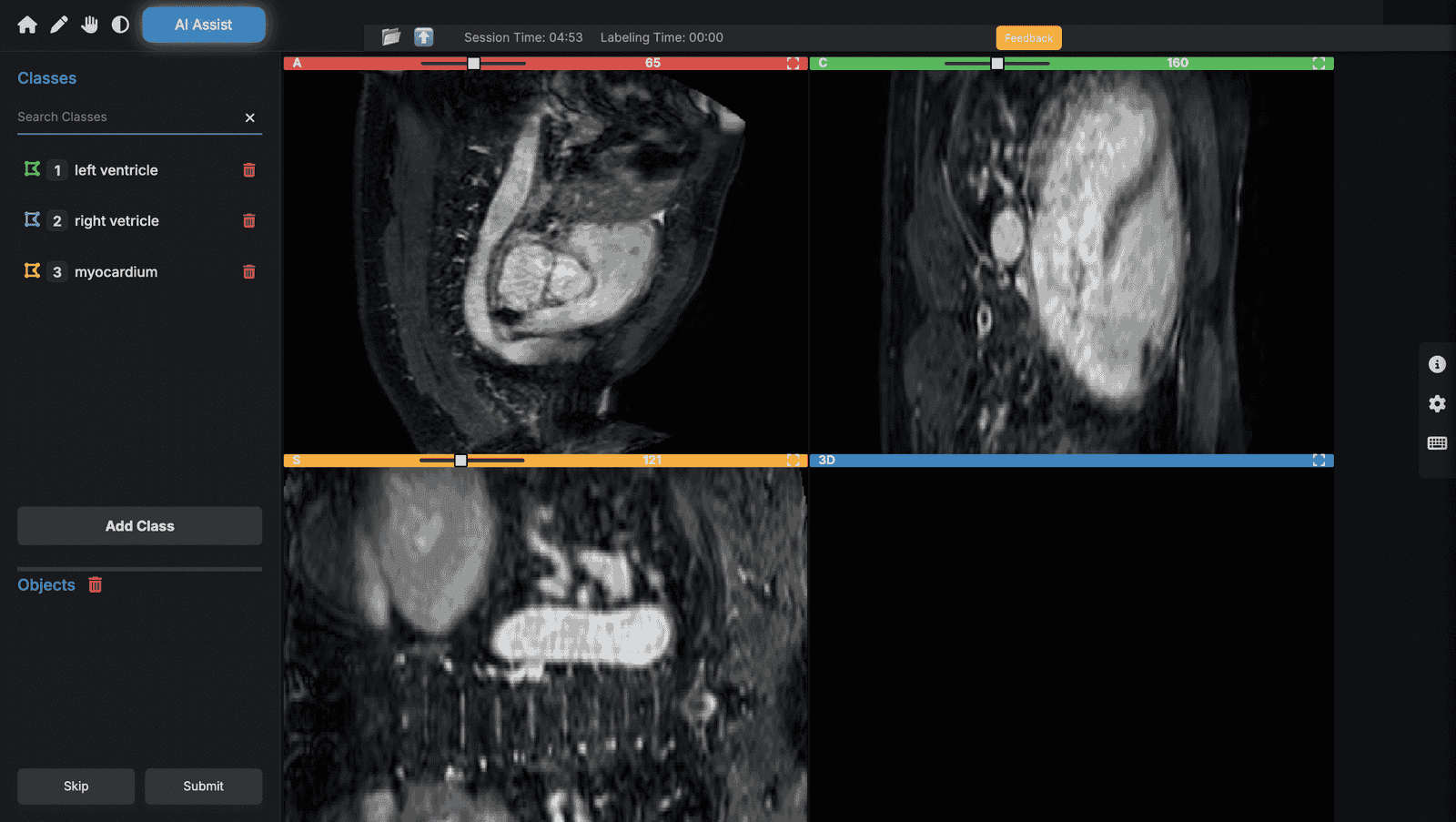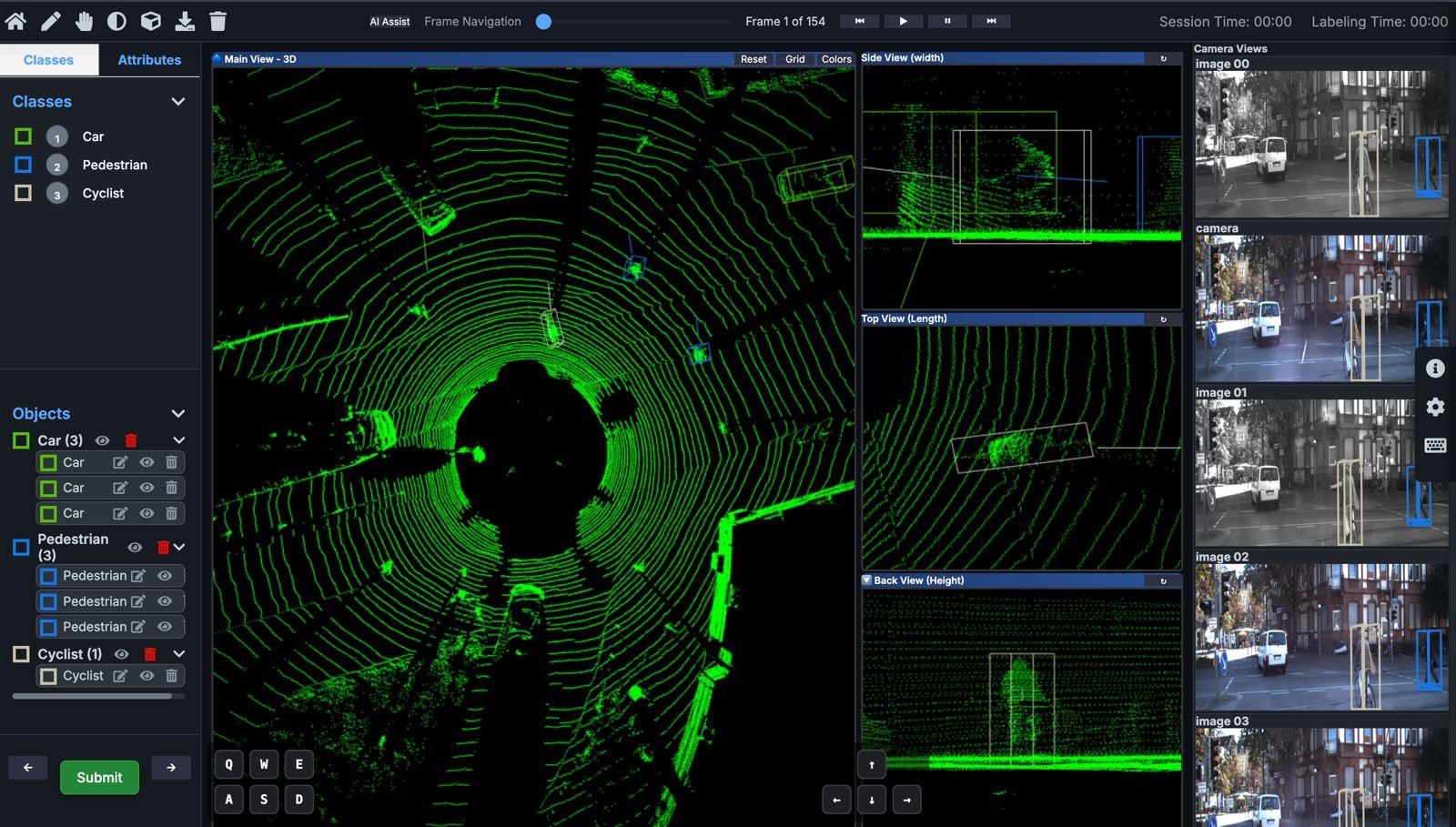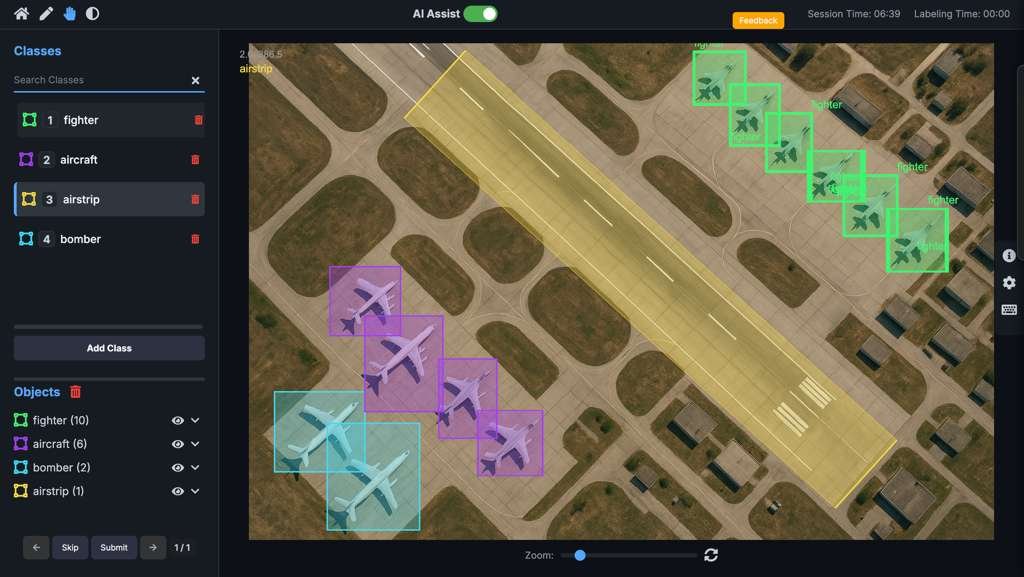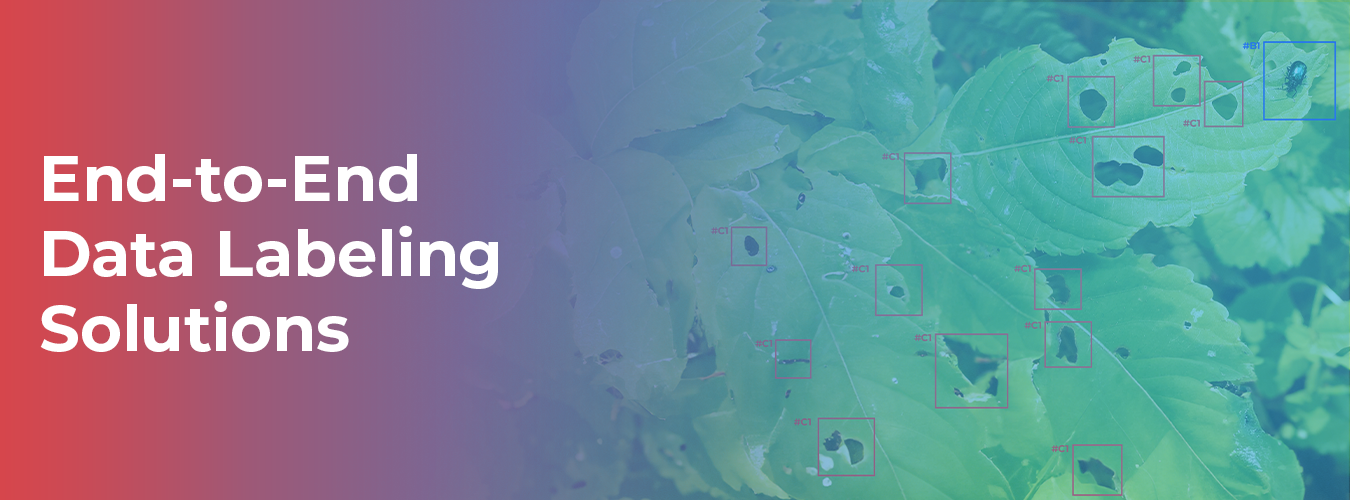Image Annotation
Introduction
Every successful computer vision model — whether it’s powering autonomous driving, medical image analysis, or retail search engines — relies on one thing: high-quality image annotation. Annotation transforms raw images into structured training data, giving AI systems the foundation to detect objects, classify scenes, and interpret the world around them.
Without annotated datasets, even the most advanced neural networks fail. That’s why image annotation and data labeling have become mission-critical for industries scaling AI.
Why Image Annotation Matters in AI
Object Detection & Recognition
Through bounding boxes, polygons, and segmentation masks, datasets enable models to identify and classify objects such as vehicles, animals, and products — essential for applications like autonomous vehicles, drones, and smart cameras.
Facial Recognition & Emotion Analysis
Annotating facial landmarks empowers systems for identity verification, biometric security, and sentiment detection. These datasets fuel everything from secure mobile authentication to AI-driven healthcare monitoring.
E-commerce & Retail Applications
Product image labeling improves search results, recommendation engines, and visual discovery tools, creating personalized shopping experiences and driving revenue for online marketplaces.
Manufacturing & Quality Control
Annotated datasets help AI spot defects, missing parts, or irregularities on production lines, reducing waste and ensuring consistent quality at scale.
Content Moderation & Social Media
Image annotation enables automated content moderation, training models to detect harmful or inappropriate images across platforms — keeping online spaces safer while reducing manual review costs.

